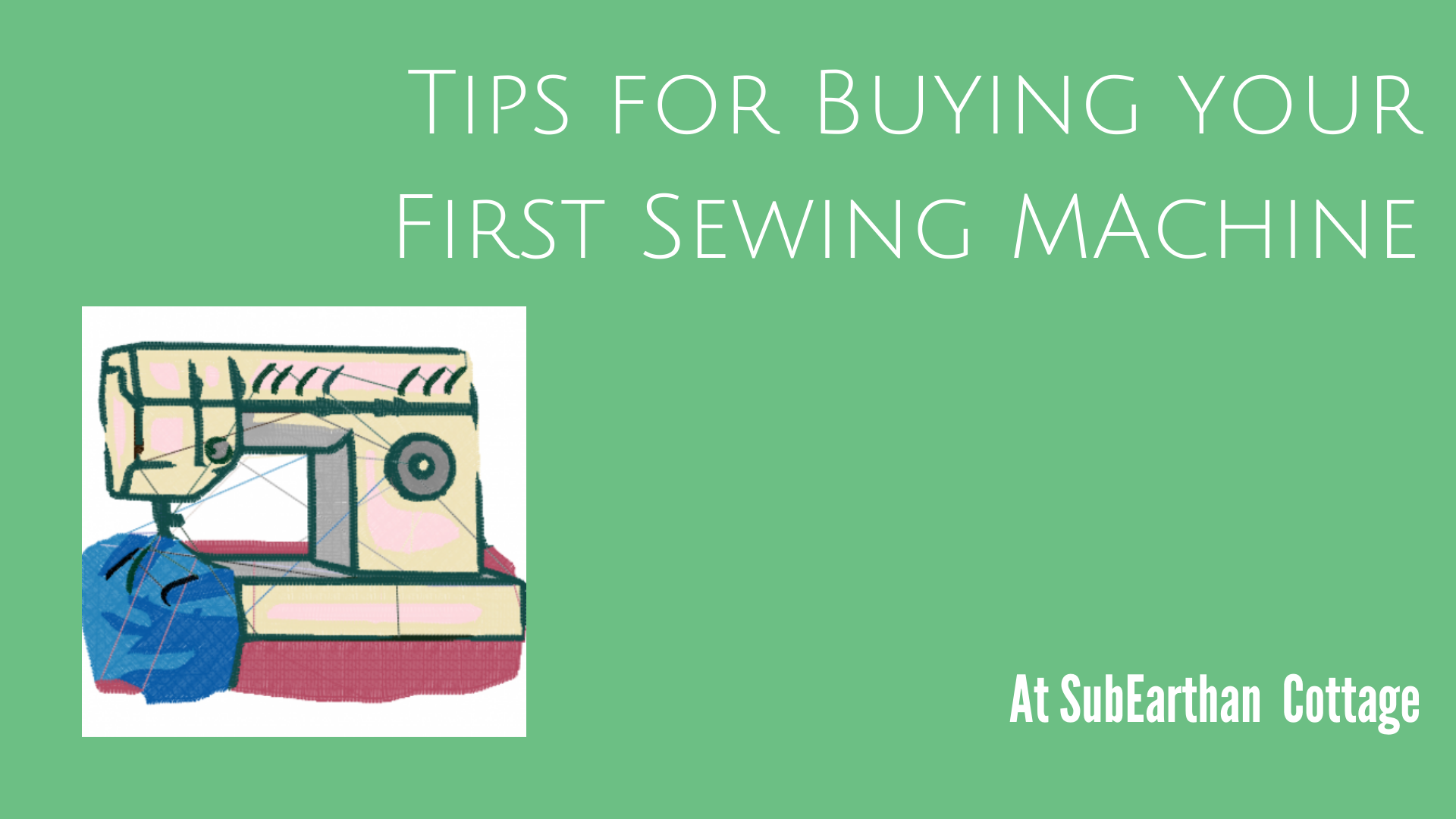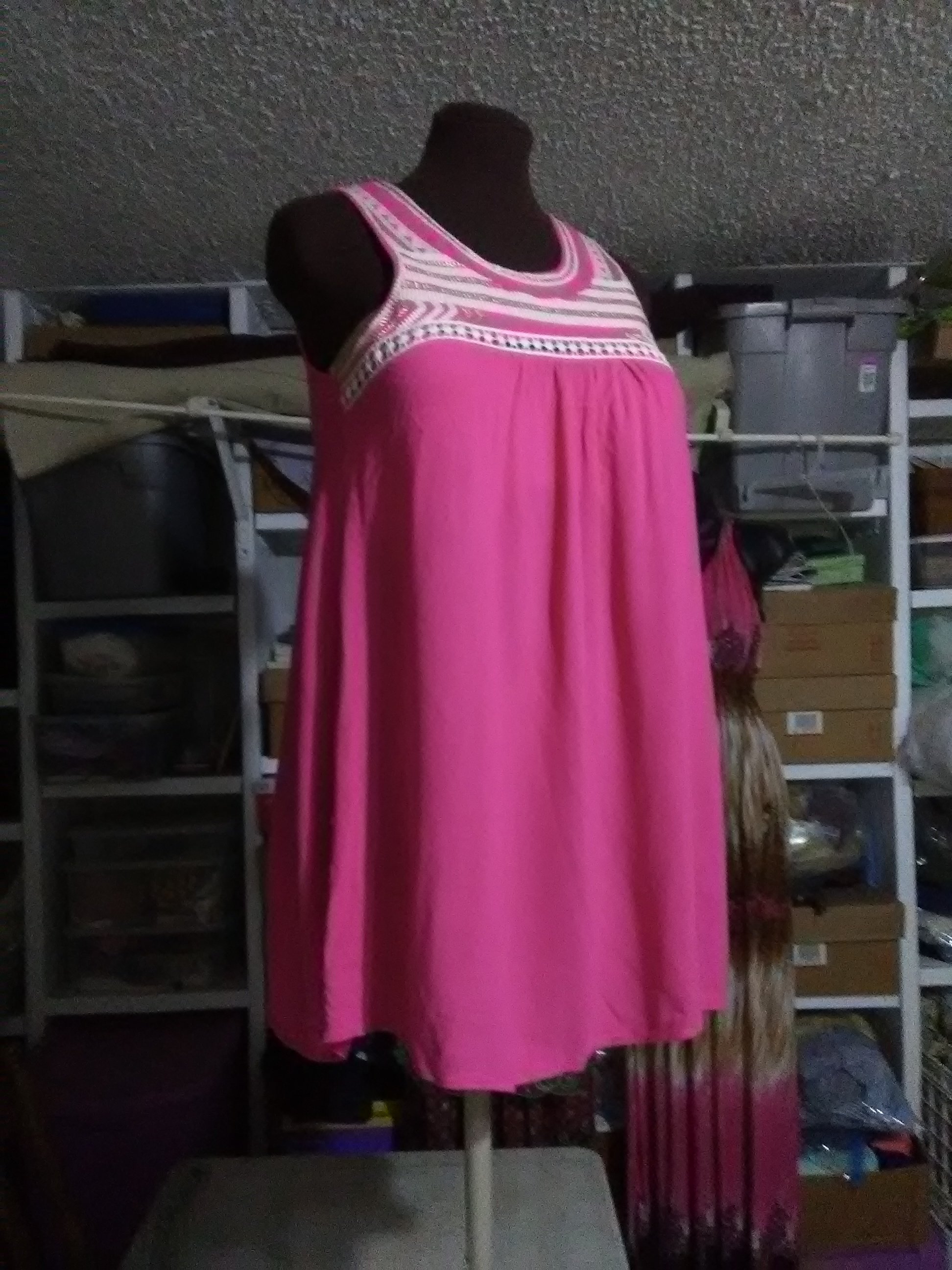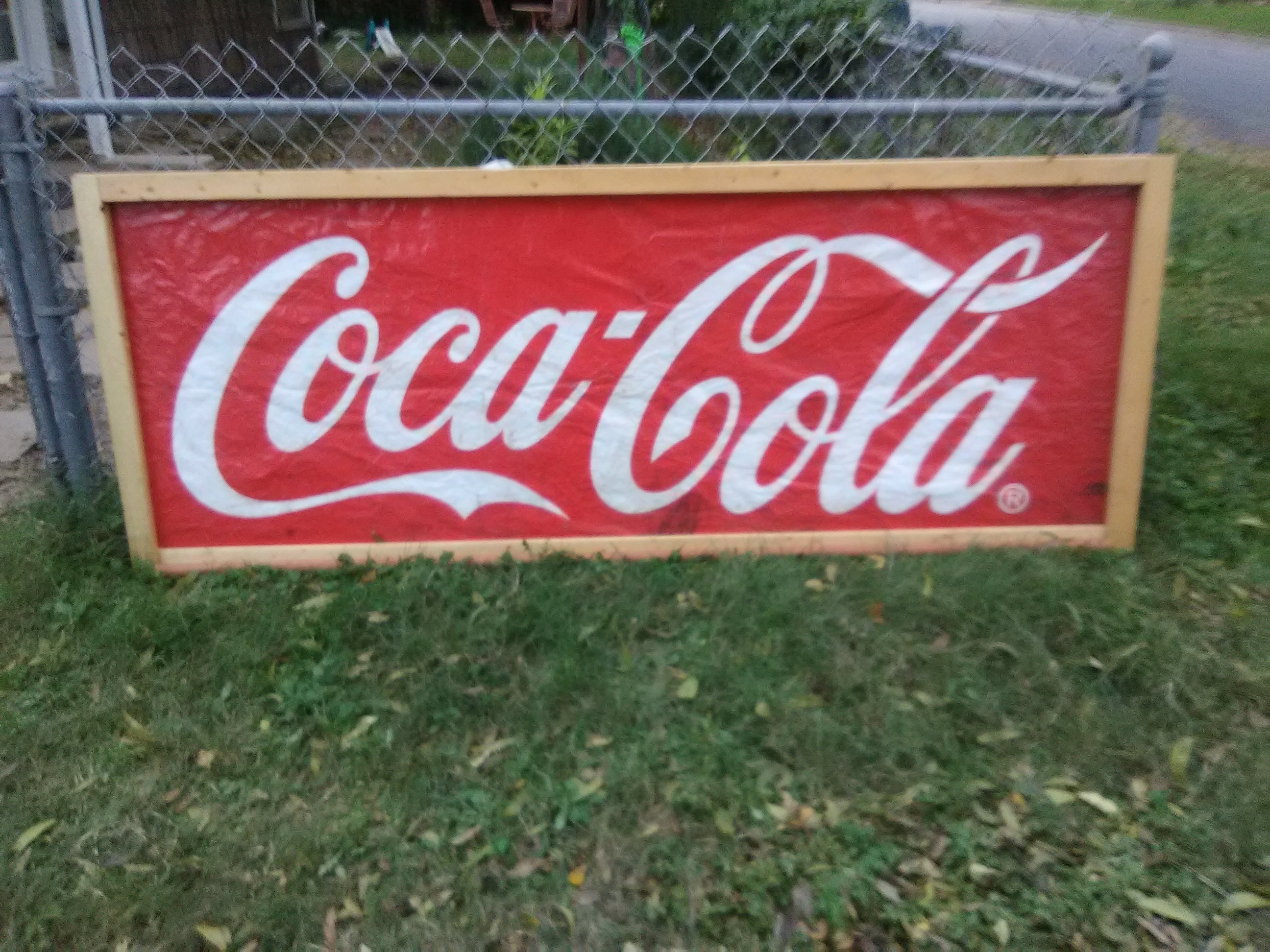
Whether you want to make your own clothes or home decor or just be able to mend and tailor the things you already have, a sewing machine makes it much easier. If you don’t have much experience with sewing on a machine, though, it can be daunting looking at all of the choices out there. While it really is up to personal preference, there are a few guidelines that will help you to find a solid sewing machine that meets your needs.
Determine your stitch needs
What are you planning to do with your sewing machine? For most sewing, you really don’t need a huge variety of stitches. Almost everything can be done with a machine that sews straight and zig-zag stitches, and has a button hole option. A blind hem stitch, an overedge stitch and a smocking stitch round it out nicely for garments and decor construction. If you plan to do decorative top stitching, then look for a sewing machine with decorative stitches you like.
Computerized sewing machine?
Honestly, I avoid computerized machines. A sewing and embroidery combo machine like my Brother SE400 (this is the updated version) is the exception. If you really want to do machine embroidery you will need a computerized embroidery machine. Otherwise, a purely mechanical machine is my recommendation. Even though my embroidery machine is also a regular sewing machine, I prefer to keep my embroidery machine for embroidery only and use another sewing machine for standard sewing. Computerized machines have more things that can go wrong, and I like to keep things simple.

Presser feet
To me, having a variety of presser feet is more valuable than having a variety of stitches. While most things can be done with a standard zig-zag foot, a zipper foot makes sewing in zippers a lot easier. A rolled hem foot makes it easier to sew tiny narrow hems. Button hole and button feet round out the basic feet that make sewing garments easier and with more professional looking results. Those are many other presser feet available, and, while usually not required, they each make their specific task easier.
Most new sewing machines use a universal snap-on presser foot system, so it’s not hard to add more presser feet to your collection. Older machines use a thumb screw to attach the feet, but you can usually screw on a snap on adapter and use snap on feet on them, too. This page gives a good rundown on how to know if a presser foot works for your machine.

Construction
For a long-lasting machine, the less plastic the better. I prefer vintage machines for this reason. A good metal vintage machine will last forever if maintained properly, whereas machines with internal plastic gears and other mechanisms is more likely to break. If you buy a new machine, it’s more likely to have a lot of plastic components, but you can still look for quality. Check out the display model, if possible. Is there anything already broken just while on display? While the break may have just been a previous too-rough customer, it’s also likely a weak point. Do the knobs, levers and buttons operate smoothly and feel solid? How heavy is the machine? I personally would lean toward a heavier machine.
Used or vintage sewing machine
It’s not hard to find used sewing machines at thrift stores, garage sales or on sites like craigslist in the $20-$75 range. If shopping for a used machine, see if you can test it before buying. If not, gently turn the hand wheel to see if it moves smoothly. They usually turn towards the front. Don’t force it if it feels stiff or resistant. If it turns, are there any weird sounds like something hitting or rubbing that shouldn’t. Are the plug and visible wiring in good shape? Does it pass the construction tests previously mentioned?
With a used machine, you may not have the manual or attachments for the machine. Most manuals can be found online, but if you can, do a quick search for it before buying it. Things like presser feet and bobbins are easy to replace, unless it is a really old machine. Even then, there are still parts out there on ebay and similar sites, but try to check first.
It’s a good idea to get a used machine tuned up at a repair shop, especially if you’re not familiar with sewing machine maintenance. On average, a tune up runs $75-$100. If it turns out further repair is needed, then that will add to the cost. Depending on the purchase price and the solidness of the machine, though, even with the tune up cost, you may spend about the same as a lower end new model, but the machine will last a lot longer.
A word about Singer sewing machines
I personally haven’t owned a Singer. All of mine are either Signatures (Montgomery Ward brand), a Kenmore (Sears brand) or my new Brother embroidery machine. They all are low shank machines, so the feet are interchangeable, and, except for the Brother, the bobbins are the same. Older Singers have either a Singer-exclusive slant shank or, if I’m not mistaken, a high shank, which has deterred me from owning one. The older Singers are good, solid machines, though, so if you aren’t worried about being able to use the same feet on another machine, they are a good choice.
Newer Singers are another matter. I’ve had friends purchase a brand new Singer that had it break just after the warranty ran out. The cost of repair made it better to replace the machine. Looking online, the general consensus is that Singers aren’t made to last anymore. For low-cost, entry-level machines, Brother tends to have a better reputation. Again, I haven’t owned a Singer, but, from what I’ve heard, I would stick with vintage models and avoid the new ones.
Questions?
These are just a few basic guidelines. If you have any other questions relating to sewing machines, ask in the comments and I will answer them as best as I can. If you have your own guidelines to add, feel free to comment those as well.
Like this post? To make sure you never miss a future post, please sign up for my newsletter.
This post contains affiliate links. If you click through any of the Amazon links and make a purchase, I will receive a small commission. There is no added cost to you.














